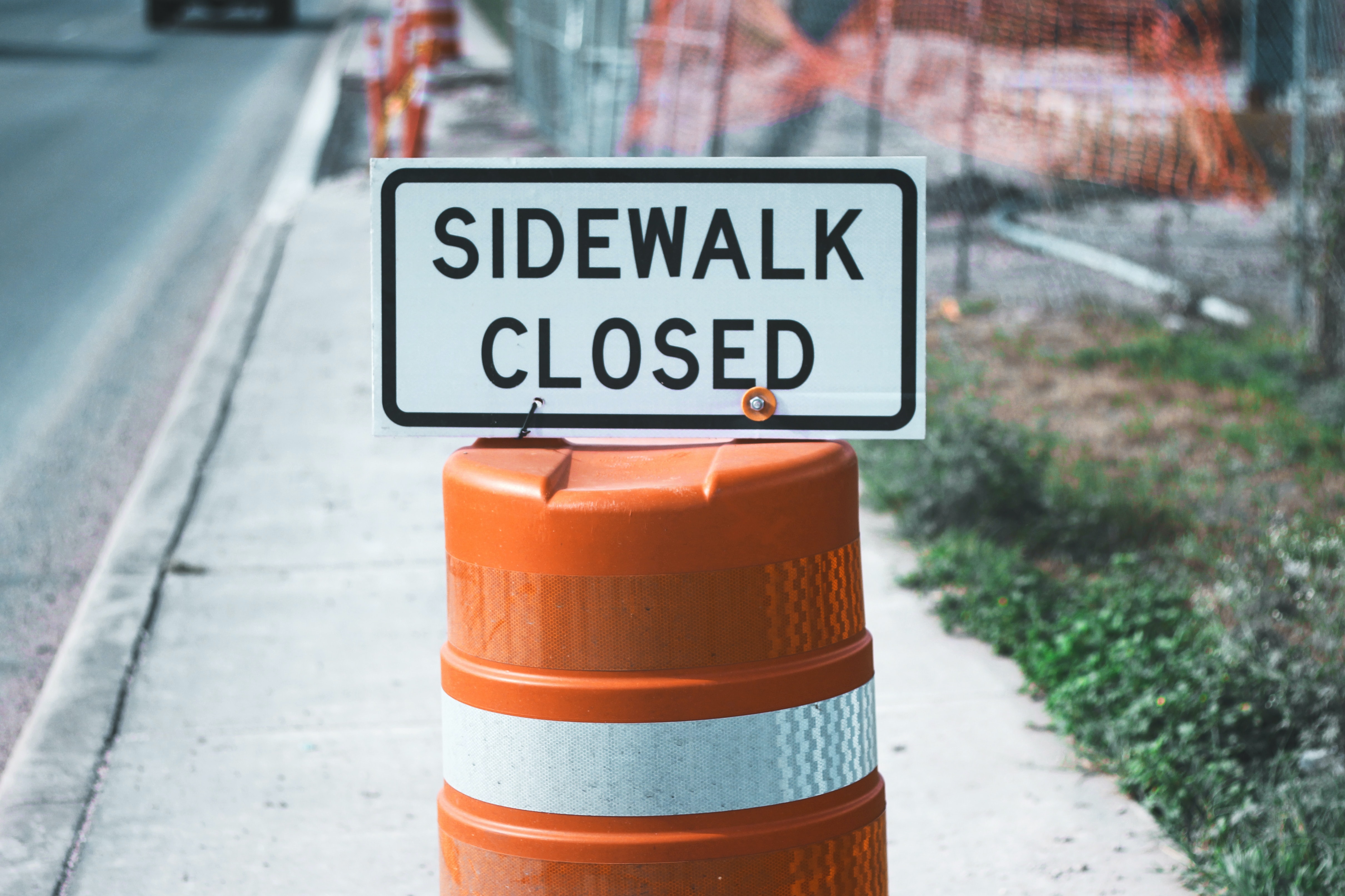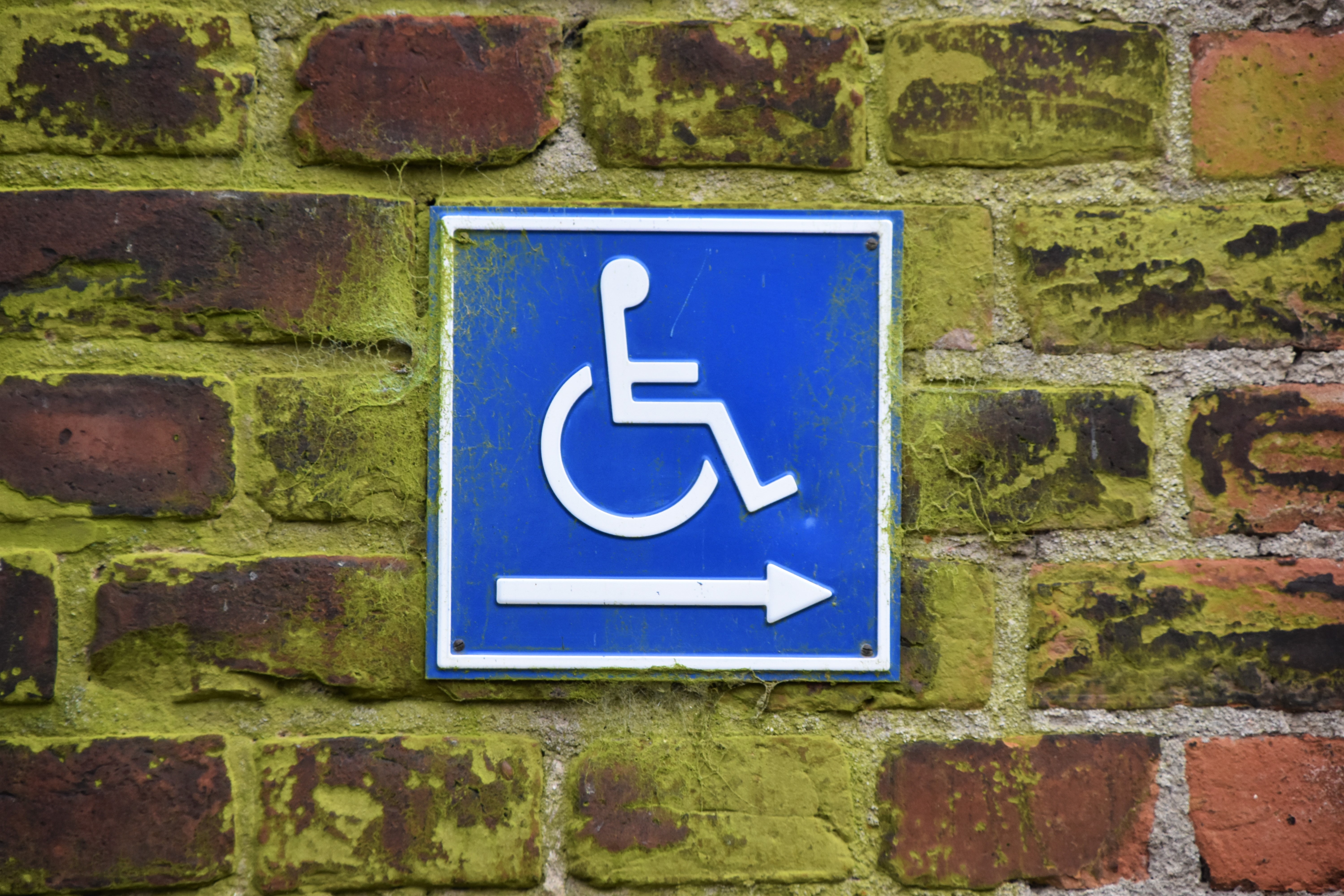 We’ve written before about the health, environmental and economic benefits of walking, and the importance of making our cities and towns more accessible for pedestrians and cyclists. This was the theme of two recent webinars presented by Living Streets, an organisation that has been campaigning for better walking and cycling environments for almost a century.
We’ve written before about the health, environmental and economic benefits of walking, and the importance of making our cities and towns more accessible for pedestrians and cyclists. This was the theme of two recent webinars presented by Living Streets, an organisation that has been campaigning for better walking and cycling environments for almost a century.
The first webinar was presented by Stuart Hay, Penny Morriss and Robert Weetman from Living Streets, who explained that inclusive streets are defined spaces where all members of the community can walk or cycle.
But inclusive streets are about more than accessibility. Many streets and public spaces that might be accessible are not necessarily navigable. They can present social and physical barriers that mean the streets are not delivering equal access for everyone.
Walking Connects
In this context, Penny Morriss highlighted the work which she’s been doing with older people in a project called Walking Connects. A rising proportion of the UK population is over 65, and while many older people remain active, a lack of facilities – seating, shelter, hand rails, public toilets, pedestrian crossings and well-maintained streets – can hinder to their ability to access services and meet other people.
In one Airdrie community studied by the Walking Connects team, residents found the lack of pedestrian access at the end of their housing complex a significant barrier to accessing the shops, community centre and church.
Robert Weetman of Living Streets noted that this community’s experience was by no means uncommon, and is not confined to older generations.
“We’re not talking about a small number of people not being able to get along a particular street; what we’re talking about actually moves into a large number of people not even being able to get to the end of their own local streets, or even outside of their gate.”
The reasons for this largely rest on the longstanding assumption that everyone in towns and cities wants to get around by car. Today, the need to tackle climate change and the recent improvements to air quality due to the pandemic restrictions, is driving a reappraisal of our car-centric cities. At the same time, local authorities, who are mostly responsible for the design and maintenance of streets, are under greater financial pressure than ever.
Challenging the authorities
The webinar stressed that citizens are not powerless when it comes to challenging councils to improve their streets. Penny highlighted another Walking Connects project in Edinburgh, where a number of tenants in a retirement development had experienced falls because of poor paving. The problem had been reported to the council many times, but residents were repeatedly told that the faults were not bad enough to warrant resurfacing. However, after working with Living Streets to document the number of falls, they persuaded the council to resurface the pavements.
Penny explained that this pro-active approach was vital, but that marginalised groups in the community often felt that their voice didn’t count:
“One of the first things that we need to do is to make sure that they understand it’s okay to ask for an issue that they encounter on a day-to-day basis to be resolved.”
A common message throughout the webinar was the need to bring local people, councillors and road technicians together. As Robert Weetman observed, once that happens communities can drop their low expectations and start to dream big:
“I think that our biggest and in some ways our most difficult priority is to create and communicate a vision of how different our streets could be, and why that would be so much better for everybody.”
People with disabilities: overcoming the barriers
The second webinar included contributions from Keith Robertson, an advisor to the Scottish Government through the Mobility and Access Committee Scotland, and Catriona Burness from the Royal National Institute of Blind People (RNIB), who spoke about the particular barriers faced by people with disabilities when navigating urban streets.
These include temporary road signs, advertising boards, bins and seating. For wheelchair users, blind or partially-sighted pedestrians, this ‘street furniture’ can make a simple journey more like an obstacle course, and can also have serious consequences. Barriers can cause accidents, and if people are deterred from getting out and about, they may experience mental ill health.
Both Keith and Catriona stressed the importance of local authorities engaging with disabled people and disability organisations, not as a tick-box exercise, but to really take their needs into consideration. The results of such consultations can be dramatic.
In Perth, for example, a pedestrianisation project did away with grilles where trees were planted, removing a hazard for wheelchair users and people using canes. At the same time, all of the signs, seats, bins and other items of street furniture were aligned, giving pedestrians unimpeded access along the street. Restaurants, cafes and shops placing advertising boards outside their establishments have to follow these regulations, or face a fine from the local authority.
People with sight loss: the challenges of social distancing
Catriona highlighted the numbers of people in Scotland who are blind or partially-sighted, amounting to over 200,000 people. This figure is likely to rise further over the next decade due to an ageing population and greater prevalence of diseases such as diabetes.
Pedestrians who are blind or partially sighted have found the context of coronavirus especially challenging. Social distancing, which is such a crucial part of preventing the spread of the virus, is very hard for people with sight loss to deal with.
One particular challenge has been the increasing use of ‘floating bus stops’. Councils have been responding to the need for greater social distancing on pavements by creating more pop-up cycle lanes, which in turn has led to bus stops being repositioned from the kerbside to ‘floating’ in-between bike lanes and the road.
For blind and partially-sighted pedestrians, such arrangements make boarding a bus more inaccessible and potentially hazardous. As Keith pointed out, accidents are usually a signal to local authorities that a design isn’t right, but if people with sight loss don’t feel safe going out, there will be no accidents to report, and the situation will be unchanged.
Final thoughts
If there was an underlying message emerging from the two webinars, it was that when it comes to accessible streets, design matters to ensure fair access for all. Badly designed streets can be frustrating, and dangerous, leaving some groups of people feeling excluded. On the other hand, well designed streets can help all of us feel good about getting around, and can especially help people with disabilities feel more independent. The key is to enable engagement between the people who design our streets and those who use them.
There was so much more useful content in both of these sessions, including a discussion on how to raise issues on street accessibility with the authorities who have the powers to make changes.
Living Streets have provided recordings of both webinars, along with transcripts of the proceedings.
Living Streets Webinar One: Video Recording; Transcript
Living Streets Webinar Two: Video Recording ; Transcript
Further reading: more from our blog on accessible streets
Share
Related Posts
With information now so accessible, it’s easy to assume that whenever you have a question you can simply tap it into a search engine. But, while the internet and digital search tools are undoubtedly useful for checking basic facts, when ....
By Donna Gardiner While free school meals (FSM) have been available in England on a means-tested basis since 1944, recent years have seen a renewed focus upon the potential benefits of providing free school meals to all school-aged children. Currently, ....
By Ian Babelon A new-old concept for proximity “Are we there yet?” Parents may patiently nod to their children’s insistent nudges on a 20-minute journey to… somewhere. Quite rightly, researchers have asked: twenty minutes to what? The answer may well ....


